The Ready to Work Shuttle: Rides, Not Just Well Wishes, for Those Willing and Able to Work.
 Sonya Stearns
Sonya Stearns
Network Membership Manager
Read more from Sonya
“Why can’t those people just go to work?” If you have ministered to those struggling with poverty for any length of time, you have heard this question aimed at individuals who are unable to maintain employment. Perhaps you’ve asked that same question as a poverty fighter, knowing that there is rarely an adequate response. Hope House of Bowling Green, KY explored why people weren’t going to work, and what they learned prompted them to action.
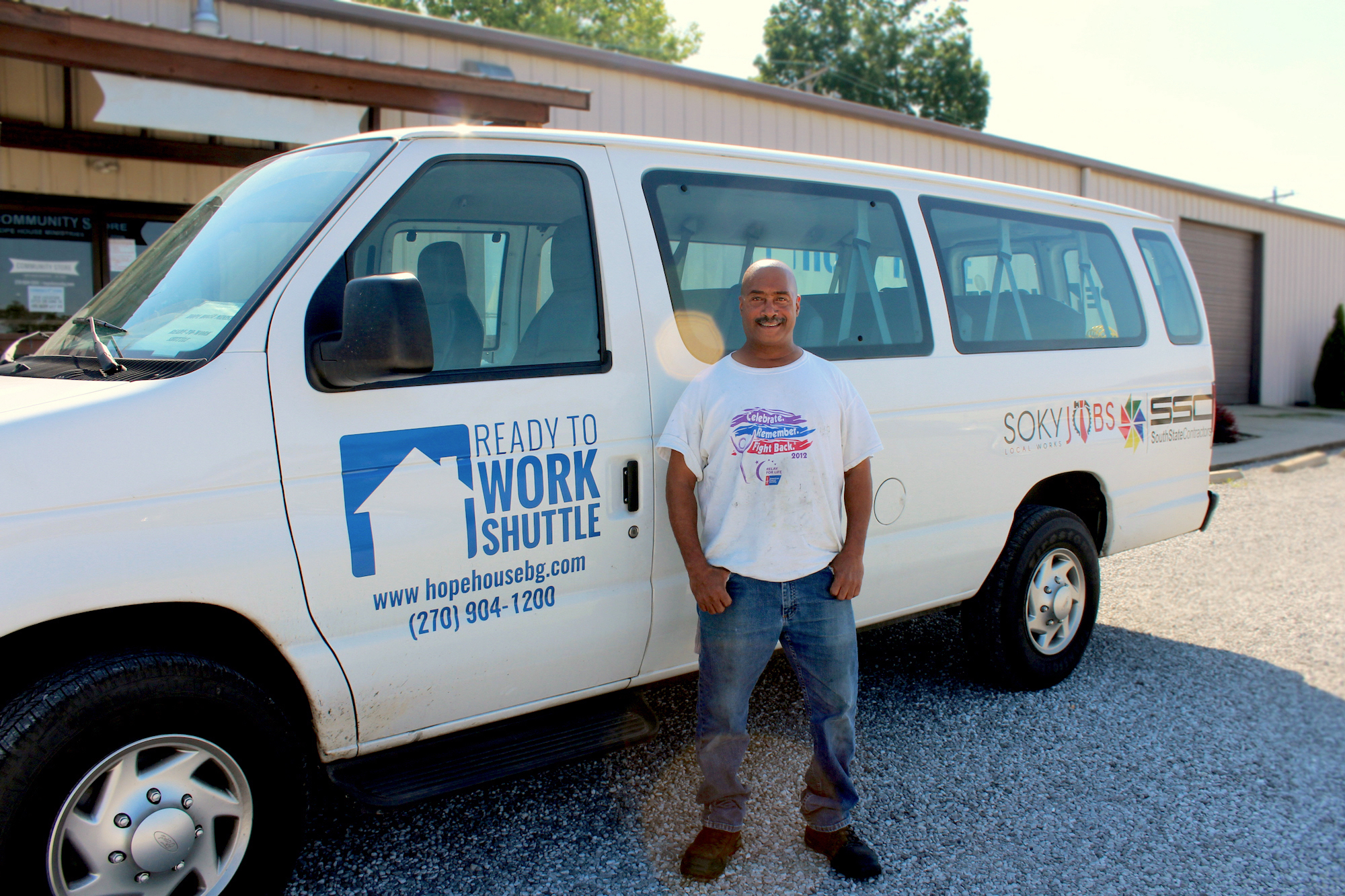 The Problem & Solution
The Problem & Solution
All able-bodied individuals have the innate ability to contribute to their community, and they deserve the dignity associated with providing for themselves and their families. However, due to past tragedies, poor choices, or a myriad of other reasons, many find themselves stuck with no transportation to help towards those efforts. In fact, poverty-fighters across America say that a lack of transportation is a main barrier to self-sufficiency and a flourishing life.
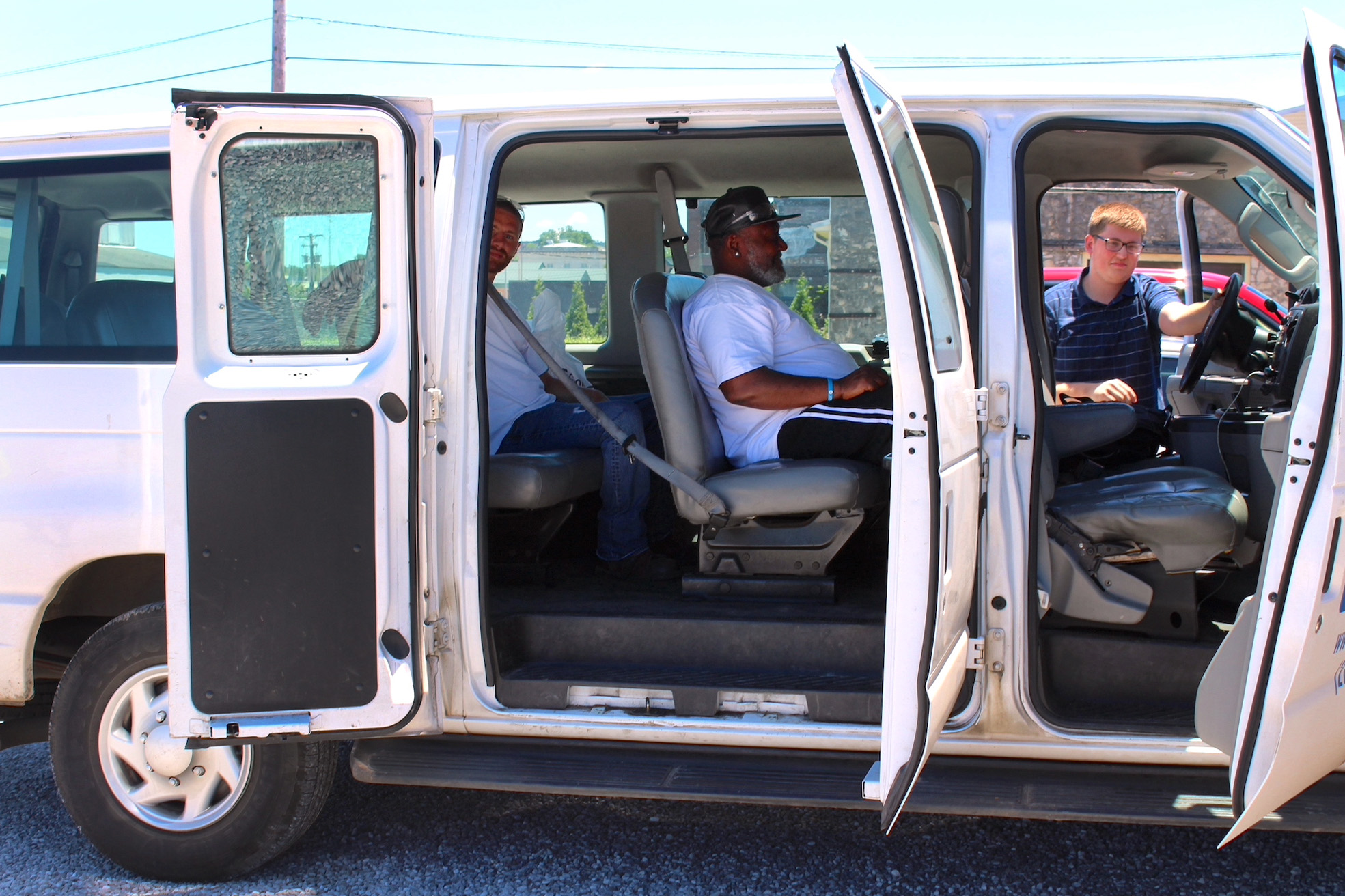 Hope House of Bowling Green, Kentucky is removing that barrier with their Ready to Work Shuttle Program. With one 16-passenger van and a driving desire to help people provide for themselves, Hope House is helping approximately 30 people per month get to and from their places of employment each week.
Hope House of Bowling Green, Kentucky is removing that barrier with their Ready to Work Shuttle Program. With one 16-passenger van and a driving desire to help people provide for themselves, Hope House is helping approximately 30 people per month get to and from their places of employment each week.

Since 2009, Hope House has been serving their community in five key areas: education, workforce development, addiction recovery, financial empowerment, and transportation. According to Bryan Lewis, President /CEO of Hope House Ministries, they kept hearing their clients consistently cry “I have the job – and the skills – but I don’t have the way to get there!”
Through relationship-based case management of their developmental programs (e.g., Jobs For Life and Faith and Finance), Hope House staff investigated specific client situations. (True Charity Network members can access overviews of these types of development pr
ograms here.) They discovered that the cost to be transported to a job in their area was simply unfeasible. Rideshare programs were charging $20 one way. For someone making less than $8 an hour, paying that amount was out of the question.
Moreover, many people they serve don’t own a vehicle. And those who do, often face the insurmountable challenges of high insurance premiums, astronomical repair and maintenance expenses, and vehicle unreliability. The true costs of owning a vehicle prohibit many people experiencing poverty from dreaming of that possibility.
Furthermore, over a brief time span, the Bowling Green area witnessed 27 of 33 manufacturing plants move outside the city center, and some dissolved entirely, causing the overall need for reliable transportation to and from other regions of employment to increase significantly.
Like thousands of small to mid-sized towns across America, Bowling Green is not a sprawling, metropolitan hotspot; the city does not fund an extensive public transportation system. They offer a “Go Bus” which operates only within the city limits.
The need was glaringly obvious. So Hope House launched their Ready to Work Shuttle.
The Process & Procedures
They identified two main regions where most potential riders needed transportation, and they built their shuttle routes around those destinations accordingly. Presently, the shuttle transports to over two dozen places of employment within these two regions.
The process is impressively simple and streamlined. Potential riders complete a simple request form online. It’s important to note that Hope House requires one initial form that is not long, complex, or confusing. Otherwise, many potential riders seeking help simply won’t be able to follow through.
Participants agree to arrive at the Hope House parking lot 30 minutes before their shift. For a fee of $35 per rider, per week, they are granted a ticket for five round trips, and each rider is dropped off at the door of their employment. Since many participants cannot afford the initial cost before they receive their first paycheck, first time riders are offered their first two tickets for free. Also, participants in Hope House’s Jobs For Life program are given a discount.
Their own residents and program participants are employed as drivers for the shuttle and are paid an hourly rate. They transport approximately 30 riders each month.
To ensure that the program continues to run smoothly, Hope House requires every potential rider to agree to, and sign, a simple rider policy. Shuttle driver employees must do the same. Additionally, audio-visual equipment installed on the van runs and records the entire time the van is in operation. This technical measure deters potentially harmful situations and gives an accurate account in case the need arises.
According to Bryan, the biggest mistake they made when starting this program was not having rider and driver policies in place before they offered their first ride. This lack of foresight provided a stage for conflicts – “he said, she said” scenarios that rarely occur now.
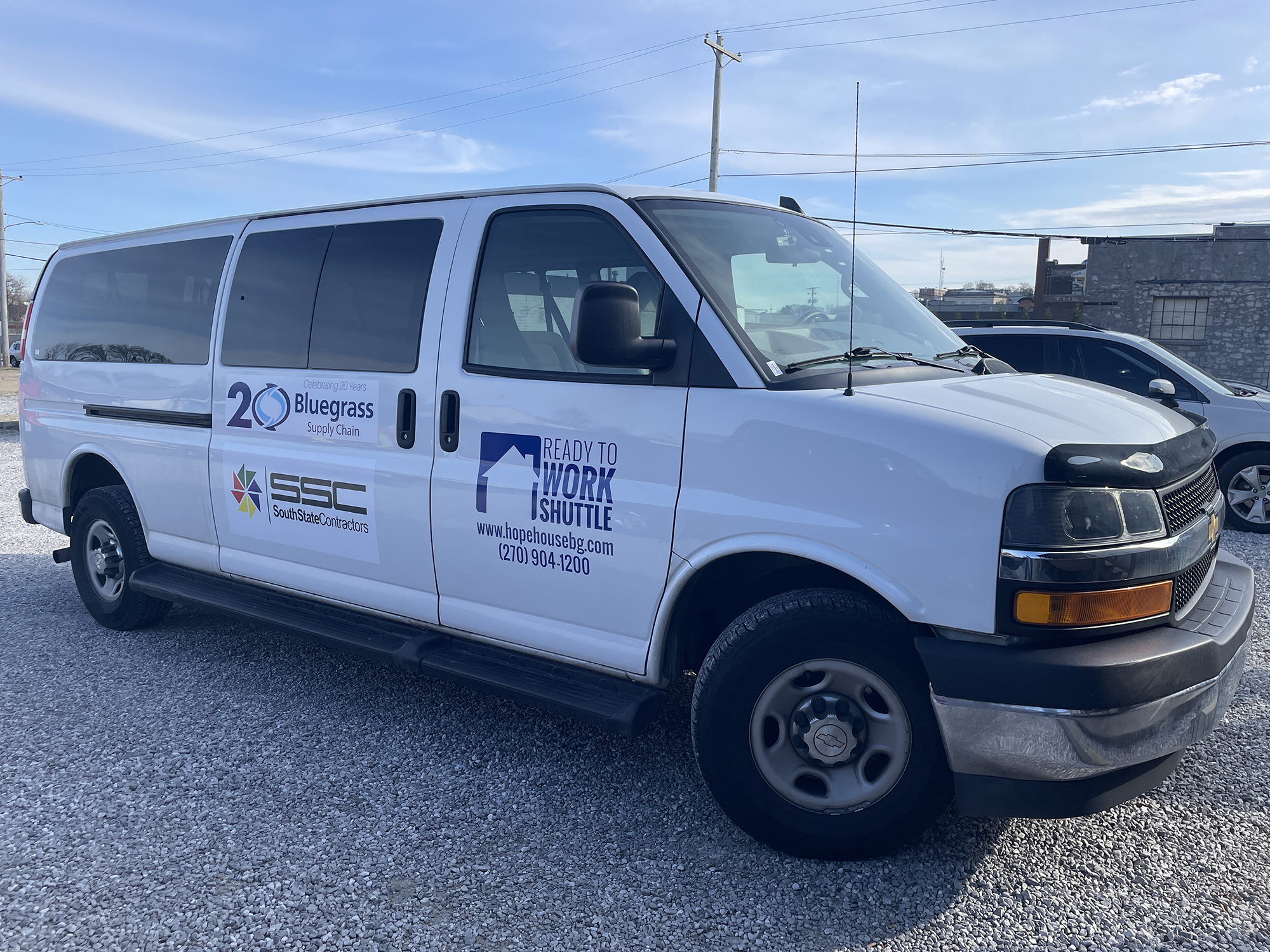
Since the charge to riders is $35 per week, but the overall operational cost is significantly higher (approximately $85 per rider, per week), the rider fees alone do not fully fund the program. Churches and businesses provide both financial and marketing support. Hope House is diligent to track all monetary needs and income as exemplified in their annual fiscal report.
Hope House uses the van itself to attract donors. Corporations can choose to invest various amounts and are given advertisement space on the van, which travels over 50,000 miles annually.
The shuttle program has incredible support because the need is so well-known and so widespread. Even local news outlets took notice right after the program’s launch, and opposing forces seem to be non-existent.
your city with several places of employment might have no public transportation, but a business might provide funding in order to allow potential employees to be employed in otherwise elusive jobs. Churches may have members who would donate their time and vehicles to help. . . there are many ways to start small.
The Obstacles and Response
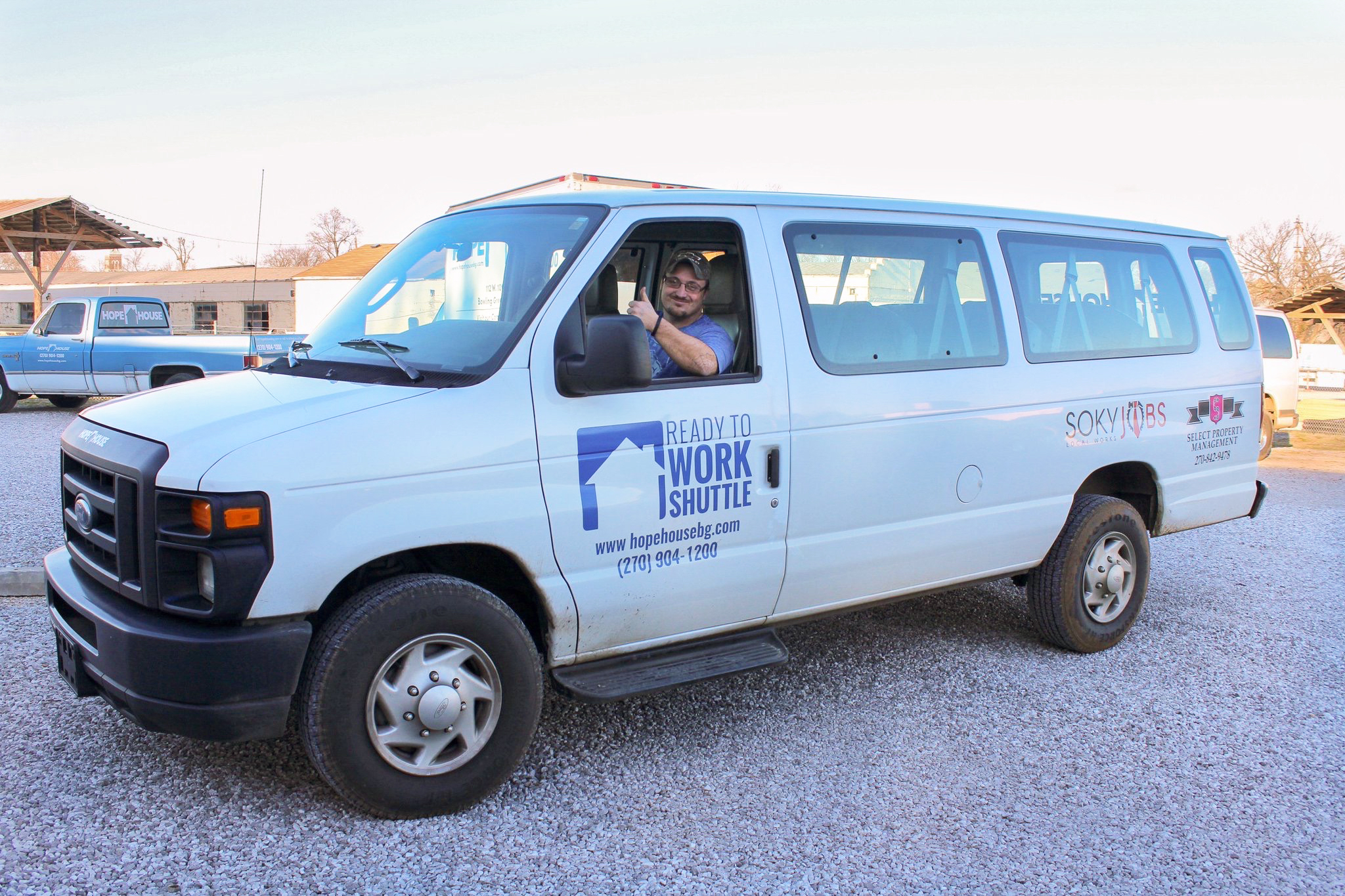
However, as with the implementation of any worthy and sustainable venture, obstacles did arise. When they first started, finding insurance was a real issue so they enlisted a local business partner to help them. Only one insurance company agreed to insure them, and they discovered that since the Ready to Work Shuttle is considered a taxi service, they also had to secure and fund a secondary policy for taxi insurance.
The best advice that Brian offers to organizations and churches who want to minister to people in this manner is two-fold: Do your research and start small.
Ask:
- What will it cost to insure the entire program?
- What are the local and state laws and regulations for rideshare or taxi services?
- What revenue can you bring in from the riders themselves?
- Survey your potential participants for information:
- Would they pay for a ride to work?
- How much are they willing to pay?
- Would they sign a rider agreement and commit to following procedures?
- Where is their area of employment?
Start small, with a service that can be implemented with little complexity. This approach can take on many faces. A social service provider might need transportation for their clients. A local prison may need transport for their reintegration program. An area in
How do they staff such an excellent program? Hope House employs a full-time transportation coordinator. Although he has other ministry tasks, his primary focus and job duty is to make sure potential riders get to their jobs in a timely and sustainable manner. The transportation coordinator’s duties include:
- Setting routes and schedules
- Supervising all drivers
- Overseeing the driver and rider policy and procedures
- Tracking maintenance for the shuttle van;
- Documenting expenses, rider information, and route data
- Maintaining daily driving logs
- Managing the communication of the riders’ and drivers’ needs
- Driving the shuttle during daytime hours
The Future & Opportunities
In 2017, the city contracted for an extensive research analysis of the transportation needs for Bowling Green. The analysis reported an overwhelming need for transportation to social services – just the type of services that Hope House provides! Not surprisingly, the city has contacted them about transportation services not offered by the municipality. Hope House is presently collaborating with city leaders about potential solutions, so that more people will be able to successfully provide for themselves and their families.
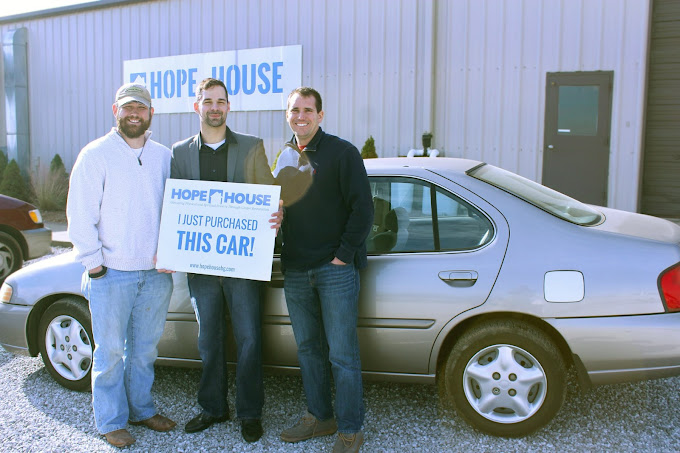 For those ready to own their own transportation, Hope House offers another service to their community – its Driver Ready Program. They receive donated vehicles and complete any maintenance required to prepare the vehicles to be sold in good, working condition. Then the vehicles can be purchased by their Faith & Finance program graduates, with income-based payments and no interest financing.
For those ready to own their own transportation, Hope House offers another service to their community – its Driver Ready Program. They receive donated vehicles and complete any maintenance required to prepare the vehicles to be sold in good, working condition. Then the vehicles can be purchased by their Faith & Finance program graduates, with income-based payments and no interest financing.
Now the question, “Why can’t those people just go to work?” is being asked with less frequency, at least in one small town in Kentucky. Now more people are able to provide for themselves, thanks to the Hope House of Bowling Green.

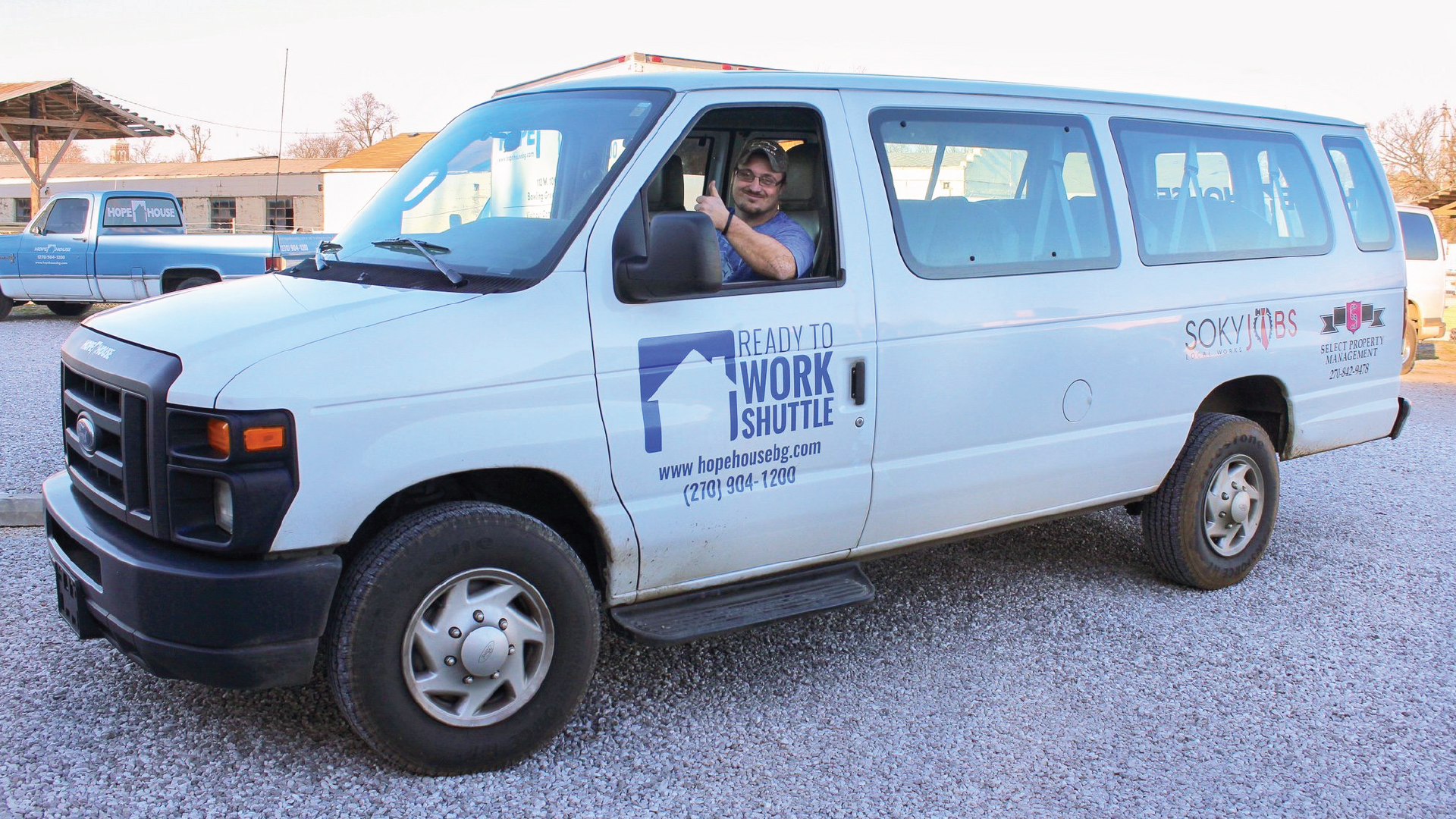

Leave a Reply
Want to join the discussion?Feel free to contribute!